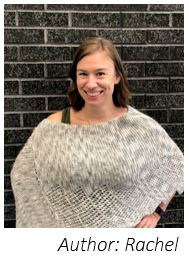Visual Methods in Qualitative Research
Qualitative researchers have a number of methods available to them for data collection, with the main workhorse being the qualitative interview. However, as the world becomes increasingly visual due to the proliferation of the internet and multimedia technologies, qualitative research methods are changing. Often used in participatory research (though certainly not exclusive to such designs), visual methods of collecting qualitative data offer new ways to approach our participants, our data, and our analyses.

Discover How We Assist to Edit Your Dissertation Chapters
Aligning theoretical framework, gathering articles, synthesizing gaps, articulating a clear methodology and data plan, and writing about the theoretical and practical implications of your research are part of our comprehensive dissertation editing services.
- Bring dissertation editing expertise to chapters 1-5 in timely manner.
- Track all changes, then work with you to bring about scholarly writing.
- Ongoing support to address committee feedback, reducing revisions.
Scholars have described several ways of incorporating visual methods into qualitative research, but I will focus on just two examples here. The first approach uses photographs taken by participants. If appropriate for your research study (remember that methods and design must align with the purpose, problem, and research questions of your study), one way to collect data is through your participants. Let’s say that you are conducting a phenomenological study on the lived experiences of women with breast cancer. After selecting and recruiting your sample, you might give your participants instructions to take photographs that tell a story of what life is like for them. In the beginning, leave this prompt open; you can always refine it if your participants want clarification later. The photos that they take become data and can be coded and analyzed in ways similar to what you would do for text. You may also choose to conduct follow-up interviews with these participants to learn more about why they took the photos that they did.
A second approach is to introduce photographs or visual aids into your interviews that you, as the researcher, have selected. Sometimes a visual stimulus can be more helpful to get participants talking rather than a relatively open-ended question. Instead of conducting a semi-structured interview using only questions, you could introduce photographs related

to your research topic to generate discussion. Alternatively, you could have your participants find photographs on your research topic to bring to the interview.
These are just a few ways to incorporate visual methods into qualitative research. The possibilities are endless, and it is time for researchers get more creative and engage with new ways of thinking about our research!